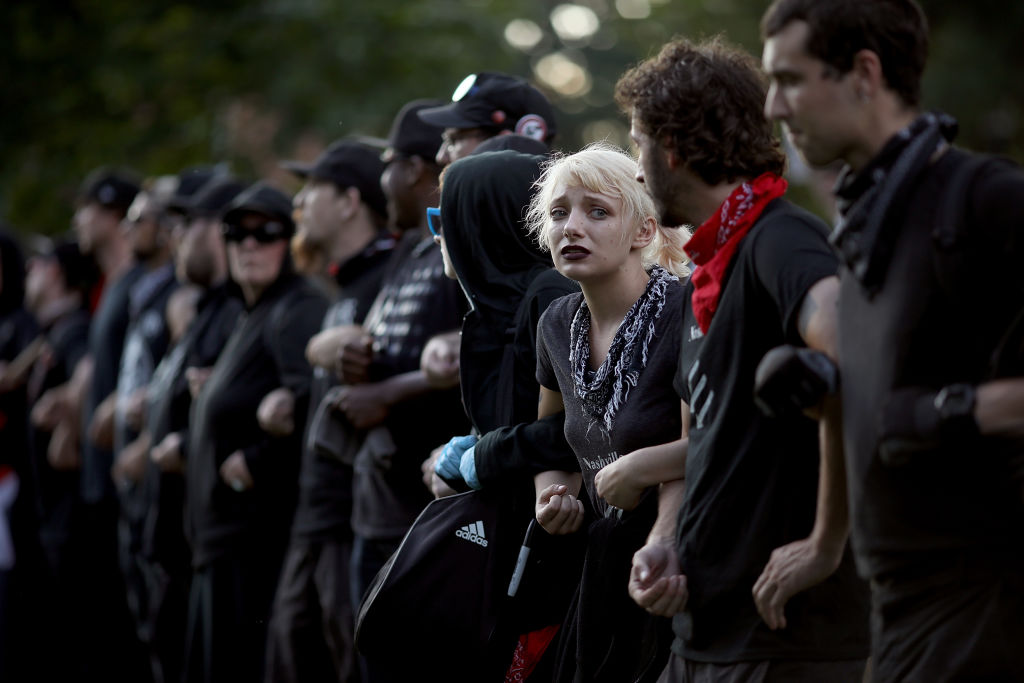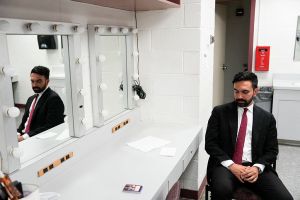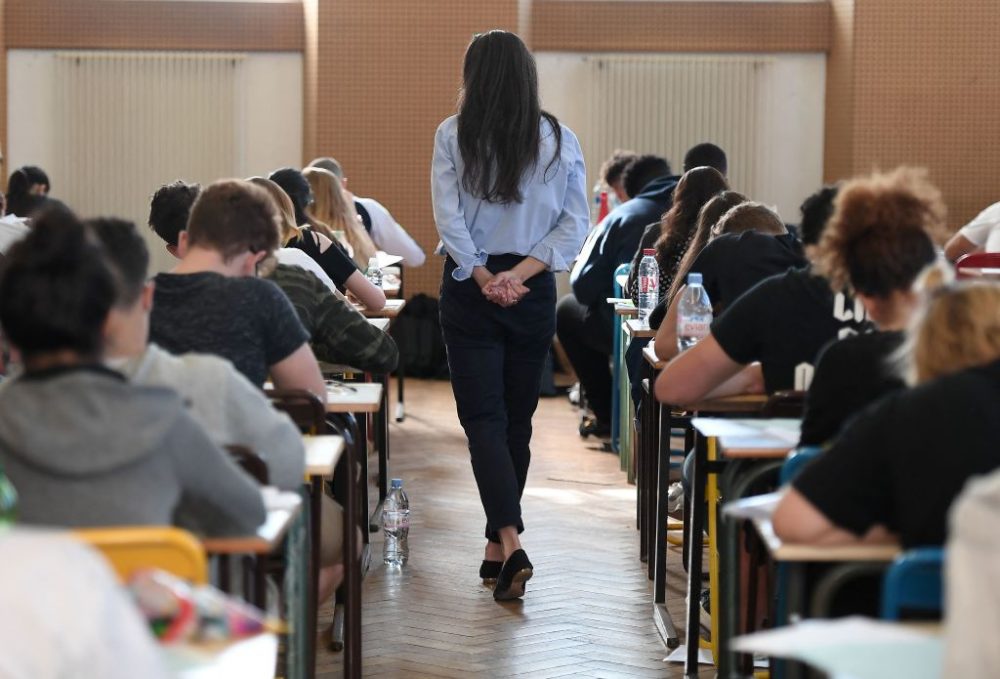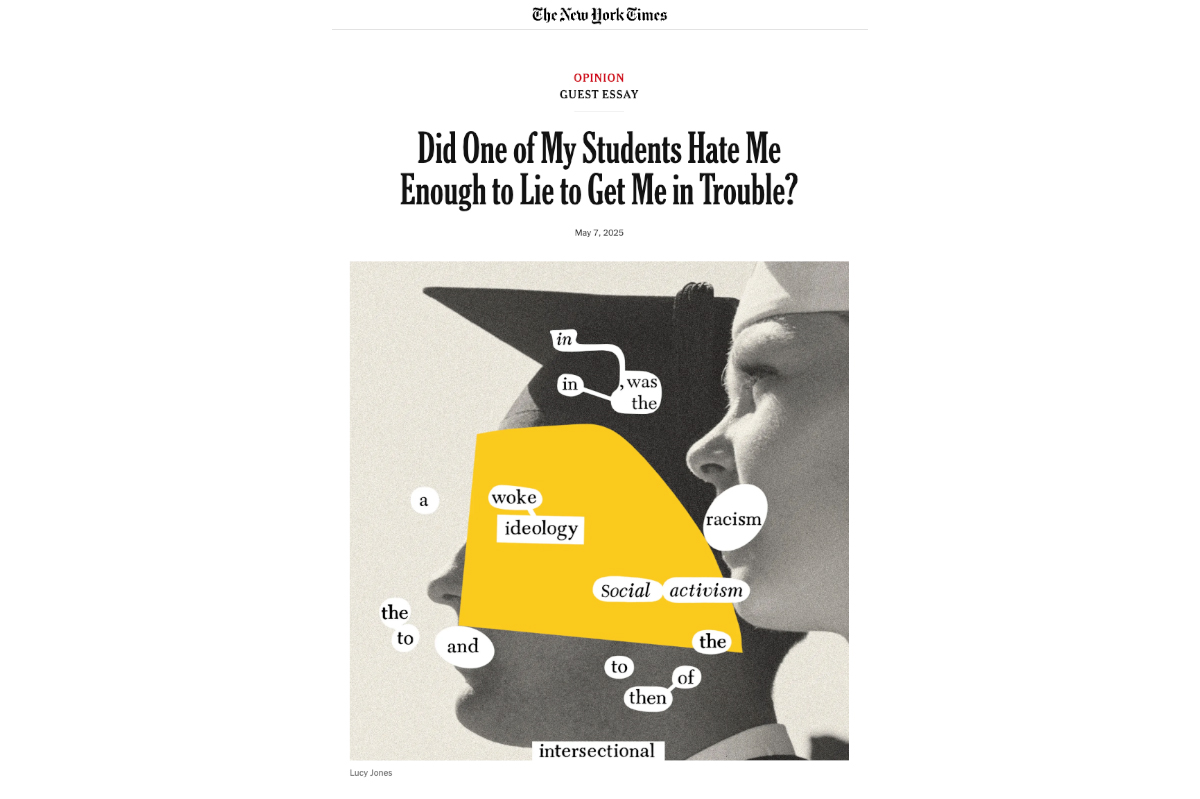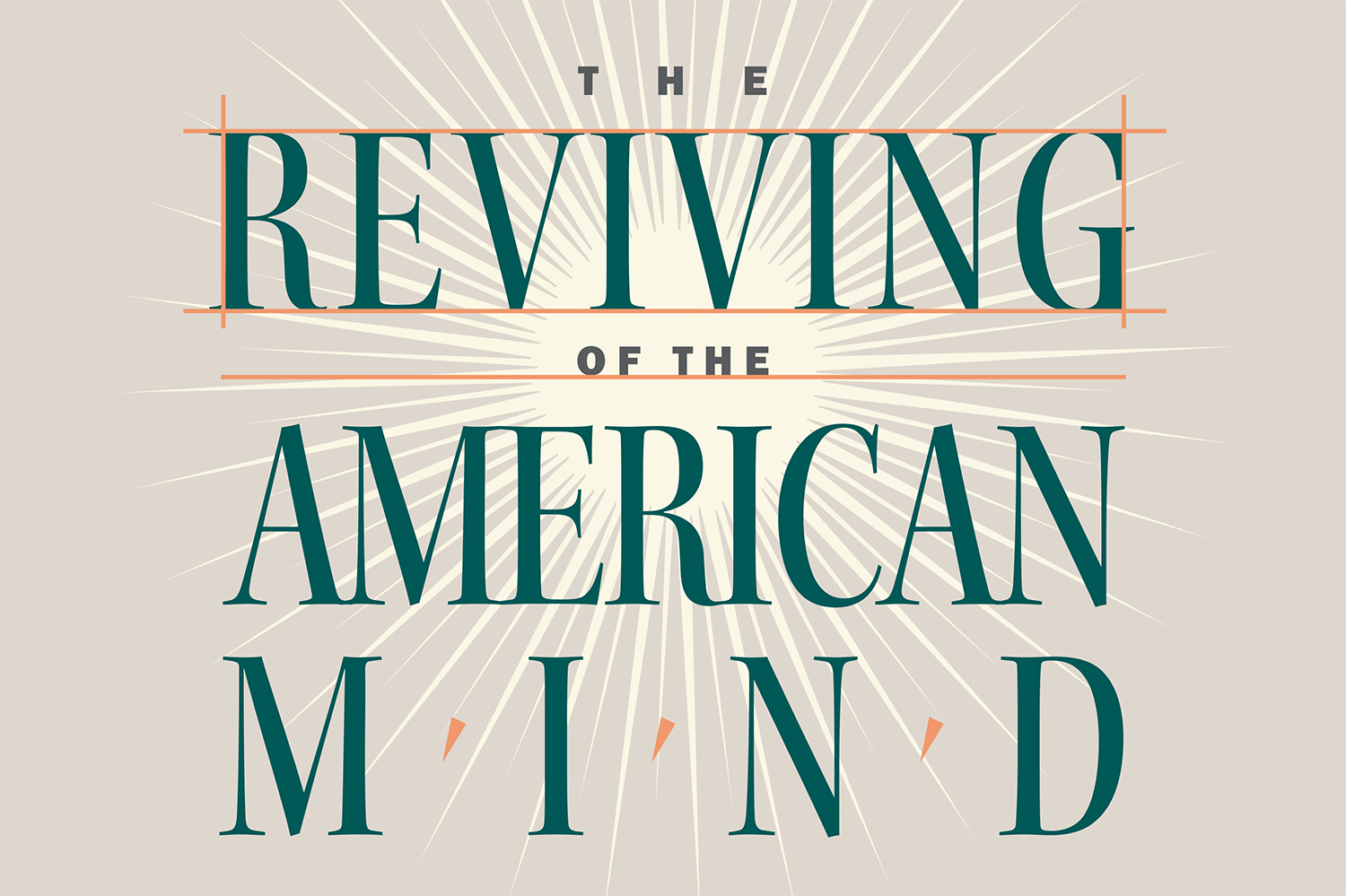While so much of higher-education in the United States is dominated by politically active and overwhelmingly liberal college administrators – the ever growing professional class of administrators who call the shots outside the classroom – it turns out that that not every college looks like those in New England which has a 25:1 ratio of liberal to conservative administrators.
As warnings about the diminution of viewpoint diversity become louder, understanding where and why there are some schools that are not completely progressive in orientation should be better understood and one explanation for this is geography: America’s institutions of higher education are deeply embedded in and influenced by the local communities where they are spatially situated. Thus, college administrators are not as uniformly left-wing in those areas that have surrounding Republican majorities.
In fact, just as it is the case that schools have significant impacts on their local communities – such as Penn and Drexel on rebuilding West Philadelphia or MIT and Northeastern creating a dense technology sector in Boston – local political currents should and clearly do have some impact on those who work in higher education as these schools are not islands removed from reality and draw administrators who live and engaged in their local political milieu.
Regrettably, this story is not being told because researchers are not presenting a complete picture of America’s higher education system and its geography.
For instance, Gavazzi and Gee’s new book, Land Grant Universities for the Future, qualitatively concludes that schools tend to be islands of blue situated in vast seas of red but this is based on only 27 in-depth, opt-in interviews of institutions heads who helm schools with a distinct and important public mission. Sachs makes a similar argument for progressive dominance on campus and finds that elite liberal arts colleges and research universities tend to hail from states and areas that lean notably farther to the left than the rest of the nation. The problem here is that Sachs only looks at an elite set 30 colleges and 30 universities which happen to be generally coastal or close to major urban, liberal areas and does not look at the actual people who are part of the very schools themselves.
In essence, the current research does not account for the roughly 5,300 colleges and universities in the United States that are dispersed nationally and fails to truly consider the geographic diversity of in the country.
Fortunately, I was able to field a representative, nationwide survey of over 900 student facing administrators in 2018 to correct for these research problems. The data contained 299 schools of all varieties and 168 unique Congressional districts. With a truly national sample that includes geographic and institutional diversity, the results look very different from the earlier research and less liberally lopsided.
First, when only elite schools are considered – here the top 25 national and regional colleges and universities according to US News – 57 percent of the schools are situated in solid Democratic districts. Another 8 percent are in swing districts and the remaining 35 percent of schools operate in GOP dominated districts. This liberal picture looks appreciably different, however, when the schools become less selective. For schools ranked over 100, less elite but certainly important, 69 percent of the schools are situated in solidly Republican districts compared to a much lower 26 percent for Democratic districts and 5 percent in swing districts. This picture is wildly different from the story told by Sachs and captures the complete universe of schools – not just a small sliver.
Second, as opposed to 60 elite or 27 land-grant schools, the real national picture here reveals that 44 percent of the colleges and universities are located in solidly Democratic districts, 52 percent are in solidly Republican districts, and just 4 percent are in swing districts – quite a mix with a slight Republican lean.
Third and most importantly, in those districts that are solidly Republican, 59 percent of the higher education administrators are liberal identifiers, 32 percent identify as moderate, and 9 percent are conservative. Although conservatives are still in the minority and liberal identifiers are the majority, there is a sizable number in the middle and the liberal-conservative ratio is 6.5:1; not a complete liberal monoculture. In contrast, 75 percent of administrators who work in schools located in Democratic districts are liberal and only 3 percent of the administrative pool identifies as conservative making for a liberal: conservative ratio of 25:1 and here is where real viewpoint diversity is more likely to be diminished as there are far fewer in the middle.
Simply put, local geography matters for the liberal dominance present in places like Sarah Lawrence and UC-Santa Cruz is less extreme for schools that can be found Republican Congressional districts. Of course, exceptions exist like Oberlin College which is in Ohio’s staunchly red 4th district, but the general trend is that greater ideological balance is present in campuses that are situated in conservative locales and ample numbers of schools operate in conservative districts though they may be less elite.
The findings presented here should be welcome news to those students and their families who want some exposure to conservative and non-progressive ideas. Americans should be wary of any school that lacks balance with its administrative staff as they set the tone of such much collegiate life; this new, national data suggests that the problem with overwhelmingly liberal administrators and their threat to viewpoint diversity is less extreme in particular places and may yield more balance for its student programming.
Samuel J. Abrams is professor of politics at Sarah Lawrence College and a visiting scholar at the American Enterprise Institute.



